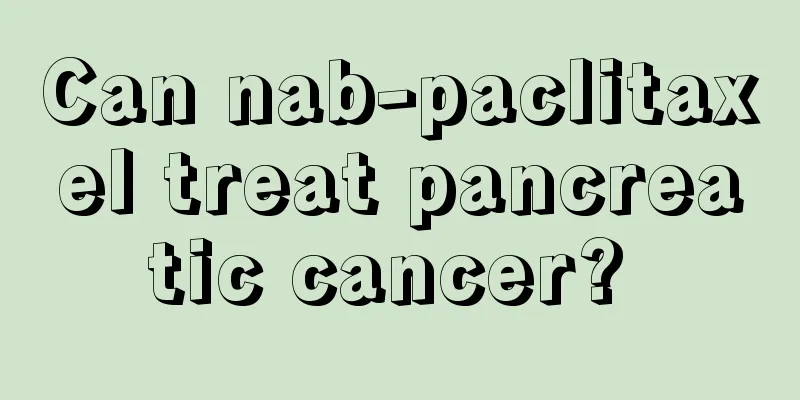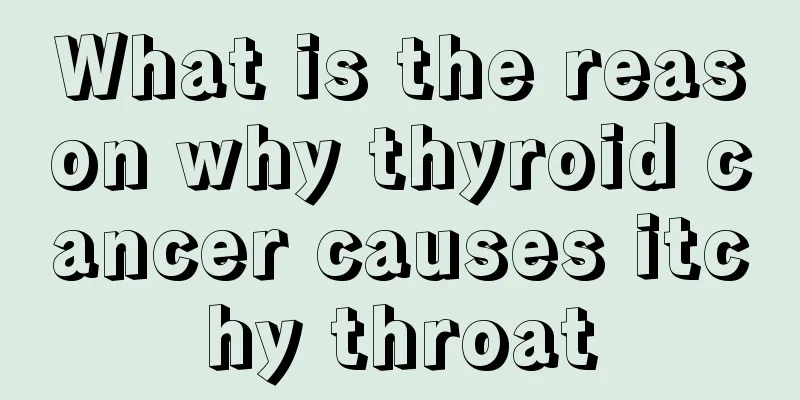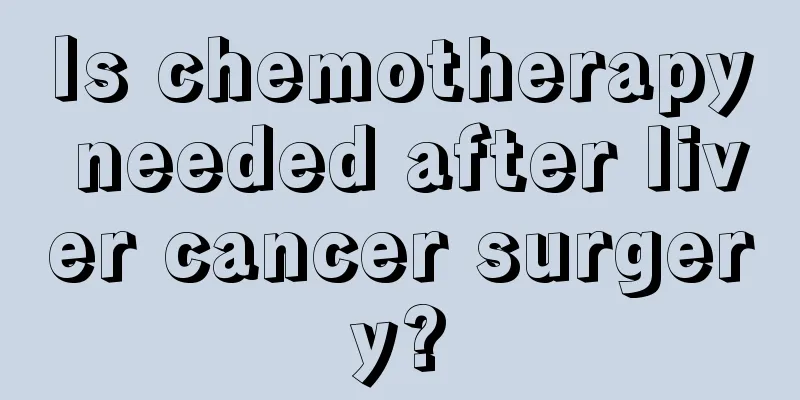Can nab-paclitaxel treat pancreatic cancer?

|
Paclitaxel for injection (albumin-bound) (nanoparticlealbumin-boundpaclitaxel, nab-P; Abraxane?) is a new generation of paclitaxel developed by Abraxis in the United States. It is currently approved by the FDA for the treatment of metastatic breast cancer that has failed combined chemotherapy or breast cancer that relapses within 6 months after adjuvant chemotherapy; and the first-line treatment of locally advanced or metastatic non-small cell lung cancer. Nab-P uses albumin as a carrier for paclitaxel, removing the toxic cosolvent of traditional taxanes, which can safely increase the dose of paclitaxel, shorten the infusion time, and does not require pretreatment to prevent allergic reactions before medication. In addition, Nab-P can promote the drug to accumulate more in tumor tissues through the special transport pathway of albumin (Gp60-caveolin-SPARC protein) and by binding to the cysteine-rich acidic secretory protein (SPARC) in tumor tissues, while less distributed in normal tissues, which can increase the efficacy of chemotherapy while reducing toxicity. Studies have found that most pancreatic cancer tissues have high expression of SPARC protein, which can specifically bind to nab-P, suggesting that nab-P may become a new option for pancreatic cancer treatment. |
>>: What causes pancreatic tumors? There are many causes.
Recommend
Principles of chemotherapy for pulmonary tuberculosis
When treating many diseases, we want to use a tre...
Can eating plums help you sober up?
Because of the frequent need for socializing, som...
What medicine is good for fungal onychomycosis?
After investigation, it was found that there are ...
What are the benefits of walnuts and honey
There are not only many types of food, but also v...
How to treat herpes disease
Congenital herpes can be treated with some antivi...
I felt restless and irritable until midnight
Sleep is very important for a person, because onl...
How to make chicken skin smooth, four tips recommended to you
If chicken skin appears, we can actually treat it...
What fruits should you eat when you have a sore throat? You can eat more of these 6 kinds of fruits
The weather is now changeable, sometimes hot and ...
Does early laryngeal cancer need chemotherapy after surgery?
The treatment method should be based on the scope...
Can gastric bleeding be treated?
If you often feel stomach pain, bloating and disc...
How to deal with itchy wounds after surgery
Itching of the wound after surgery is a common ph...
Reasons for red blood streaks on thighs
The flesh on the inner thigh is probably the most...
What to do if your skin is allergic to mango
Mango is rich in nutrients and is a fruit that pe...
What should you pay attention to in your diet before rectal cancer surgery
There is a relatively strict intestinal preparati...
What should you pay attention to during interventional treatment of liver cancer? Don't forget to add Chinese medicine during interventional treatment of liver cancer
Interventional therapy is one of the common treat...









